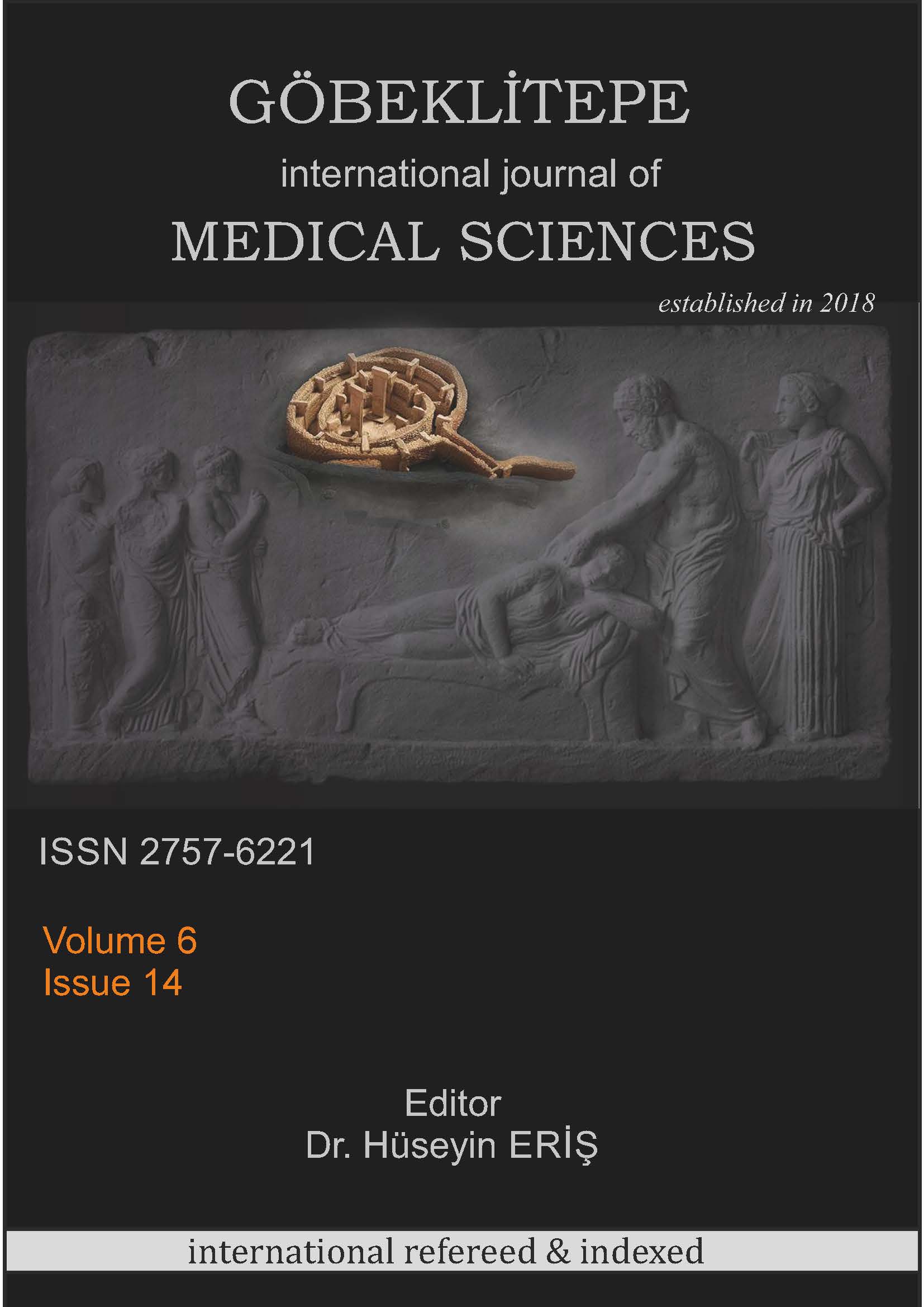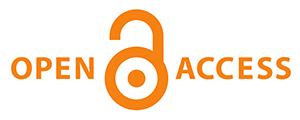A Technological Approach to Protect Primary School Students from COVID-19 Disease: A Combination of Health Promotion Model and Animation Supported Education
DOI:
https://doi.org/10.55433/gsbd.251Keywords:
Animation-supported Education, COVID-19, Healthy Life, School-age ChildrenAbstract
The coronavirus disease 2019 (COVID-19) epidemic and related mutations, which affect the whole world, continue to increase globally. This crisis adversely affects school-age children's quality of life. This study aims to determine the effect of animation-supported education based on the health promotion model given to primary school-age students for protection from COVID-19 disease.
The study was carried out between February and April 2022 following the experimental research criteria with the pre-test, post-test, and re-test control group. The sample consists of 148 students studying in the 4th grade at two schools deemed suitable for the conduct of the study. Data were collected using data collection materials, the Descriptive Questionnaire, and the General Child Quality of Life Scale. The mean age of all students participating in the study was 10.53±2.60. It has been determined that 36.0% of the students have not received any training on COVID-19 before, 32.4% of them did not take precautions to defend themselves from COVID-19 disease, and it is not possible to protect 48.4% of them from COVID-19 disease even if adequate precautions are taken. It was found that the difference between the pre-test, post-test, and re-test mean scores of the Students in the experimental group on the quality of life scale was statistically significant (p<.05). It was determined that the mean of life quality increased immediately after the training but decreased in the measurements one month later. Education to be given to school-age children should be developed with animation-supported programs.
References
Güngörer F. (2020). Impact of COVID-19 on societal institutions. Yuzuncu Yıl University, Inst Soc Scie J, ( Special Issue of Epidemics), 393–328.
Ministry of Education, Turkey. Announced the precautions taken in the field of education against the coronavirus [homepage on Internet]. 2020 cited 2020 July 17. Available from: https://www.meb.gov.tr/bakan-selcuk-koronaviruse-karsi-egitimalaninda-alinan-tedbirleri-acikladi/haber/20497/tr,web
Sarı, E., Sarı, B. (2020). Education management in times of crisis: the case of COVID-19. Int J of Leadership Stud: Theory and Practice, 3, 49–63.
Ministry of Education, Turkey. After the epidemic, school adjustment guide and activities were prepared [homepage on Internet]. 2020 cited 2020 August 17. Available from: http://ttkb.meb.gov.tr/www/salgin-sonrasi-okula-uyum-kilavuzu-ve-etkinlikler-hazirlandi/icerik/390
Aslan Efe, H. (2015). The effects of animation supported environmental education on achievement, retention of ecology and environmental attitude. J Comput Educ Res, 3(5), 30.
Cheng, Y.J., Ray, D.C. (2016). Child-centered group play therapy: impact on social-emotional assets of kindergarten children. J Spec Group Work, 41:209–37.
Matheson, E.L., Lewis-Smith, H., Diedrichs, P.C. (2020). The effectiveness of brief animated films as a scalable micro-intervention to improve children’s body image: a randomised controlled trial. Body Image, 35, 142–153.
Choi, K.R., Skrine Jeffers, K., Cynthia Logsdon, M. (2020). Nursing and the novel coronavirus: risks and responsibilities in a global outbreak. J Adv Nurs, 76(7), 1486–7.
Koç, Z., Kızıltepe Keskin, S., Çınarlı, T., Şener A. (2017). Use of theories in nursing practice, research, management and education. Education in Nurs and Res, 14(1), 62–72.
Pender, N. (2011). The Health promotion model. 18.
Ravens-Sieberer, U., Bullinger, M. (1998). Assessing health-related quality of life in chronically ill children with the German KINDL: first psychometric and content analytical results. Qual Life Res Int J Qual Life Asp Treat Care Rehabil, 7(5), 399–407.
Eser, D.E., Yüksel, D.H., Baydur, H., Erhart, M., Saatli, G., Özyurt, Cengiz B., et al. (2008). The psychometric properties of the new turkish generic health-related quality of life questionnaire for children (Kid-KINDL). Turkish J of Psychiatry, 4(9), 409 - 417.
Bahar, Z., Açil, D. (2014). Health promotion model: conceptual structure. E-J Dokuz Eylul University Nursing Faculty. 2014;7(1), 59–67.
Nobari, H., Fashi, M., Eskandari, A., Villafaina, S., Murillo-Garcia, A., Pérez-Gómez, J. (2021). Effect of COVID-19 on health-related quality of life in adolescents and children: a systematic review. Int J Environ Res Public Health, 18(9), 4563.
Pakpour, A.H., Chen, C.Y., Lin, C.Y., Strong, C., Tsai, M.C., Lin, Y.C. (2019). The relationship between children's overweight and quality of life: a comparison of Sizing Me Up, PedsQL and Kid-KINDL. Int J Clin Health Psychol, 19(1), 49–56.
Lee, C.T., Lin, C.Y., Tsai, M.C., Strong, C., Lin, Y.C. (2016). Psychometric evaluation and wording effects on the Chinese version of the parent-proxy Kid-KINDL. Health Qual Life Outcomes, 14, 1.
Adıbelli, D., Sümen, A. (2020). The effect of the coronavirus (COVID-19) pandemic on health-related quality of life in children. Child Youth Serv Rev, 119, 105595.
Gümüşoğlu, E.K. (2017). Digital conversion in higher education. Open Education Applications and Res J, 3(4), 30–42.
Özdemi̇r, C., Şendi̇r, M. (2020). Mobile health applications and change of health behavior. J Health Scie, 29(3), 210–216.
Benzing, V., Gaillard, P., Scheidegger, D., Dössegger, A., Nigg, C.R., Schmidt, M. (2022). COVID-19: Physical activity and quality of life in a sample of swiss school children during and after the first stay-at-home. Int J Environ Res Public Health, 19(4), 2231.
Widyaningsih, V., Mulyani, S., Pamungkasari, E.P., Mashuri, Y.A., Aryoseto, L., Probandari A.N., et al. (2021). Online traditional dance community and children’s mental health: lesson learned during Covid-19 pandemic. Advances in Social Sci, Education and Humanities Res, 145, 14.
Kandır, A., Orcan, M. (2011). A Comparative study into early learning skills of five-six-year old children and their social adaptation and skills. Ilk Online, 1(10), 40-50.
Gündüz, H.B., Özarslan, N. (2017). School maturity of students’ starting school at different age periods and their school adaptation problems according to teachers’ views. Bolu Abant Izzet Baysal University J Faculty of Education, 17(1), 212–230.
Downloads
Published
How to Cite
Issue
Section
License
Copyright (c) 2024 Göbeklitepe Sağlık Bilimleri Dergisi

This work is licensed under a Creative Commons Attribution 4.0 International License.




